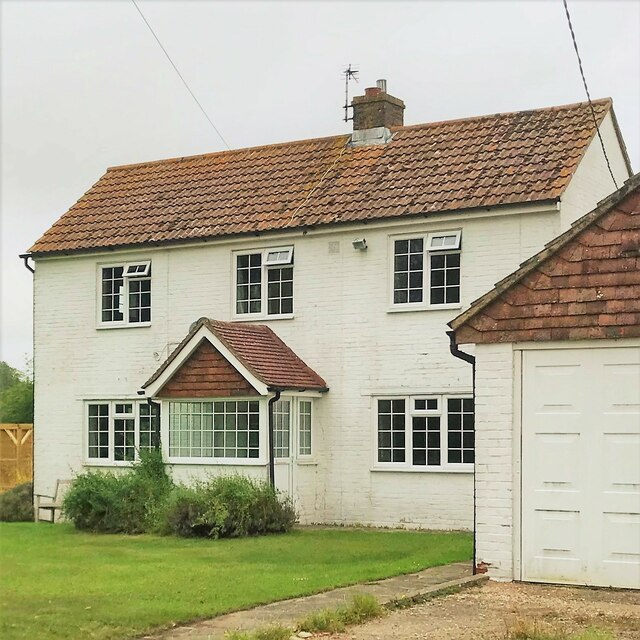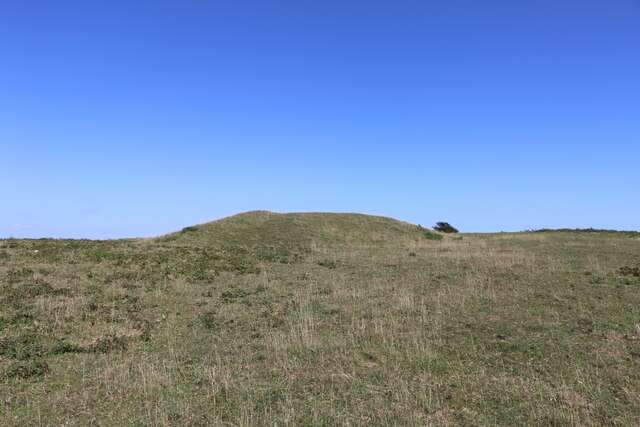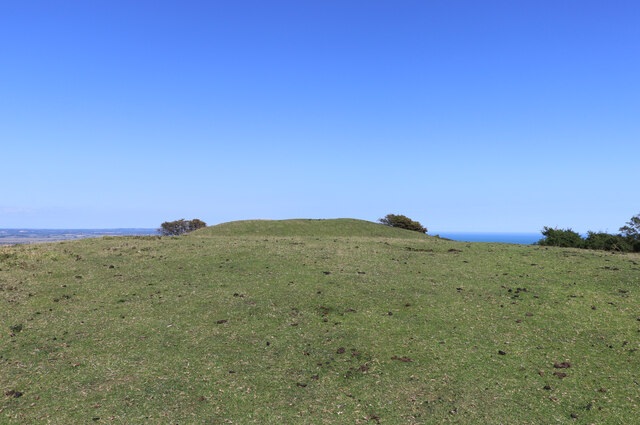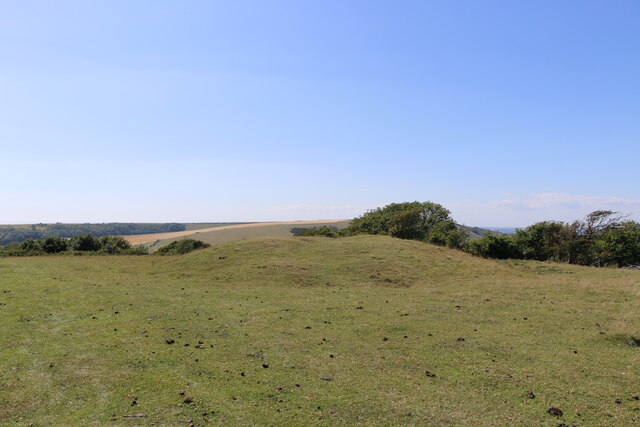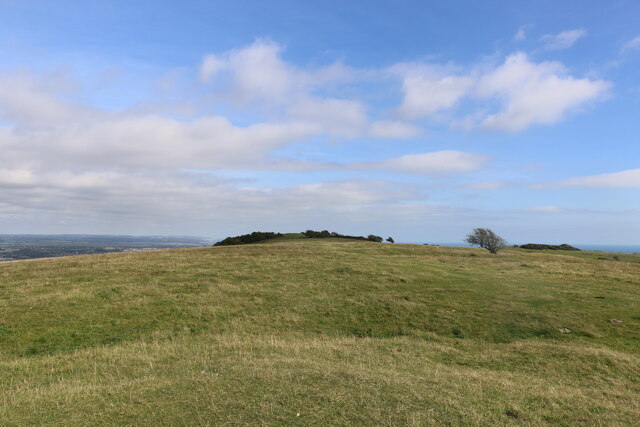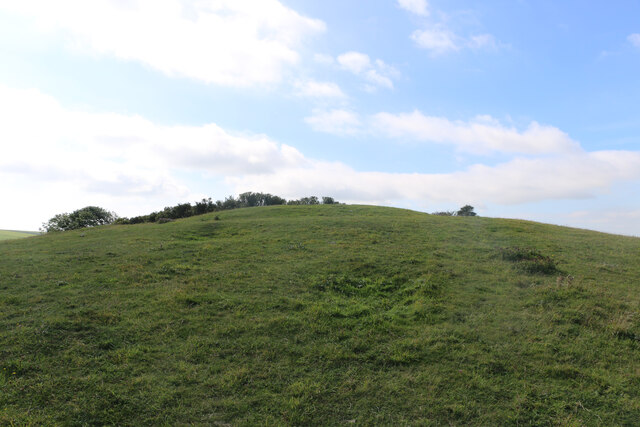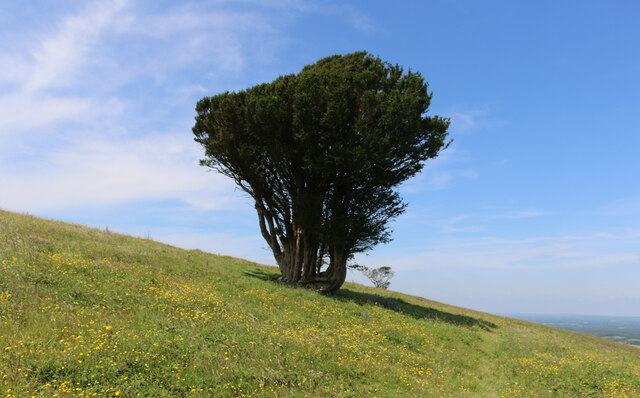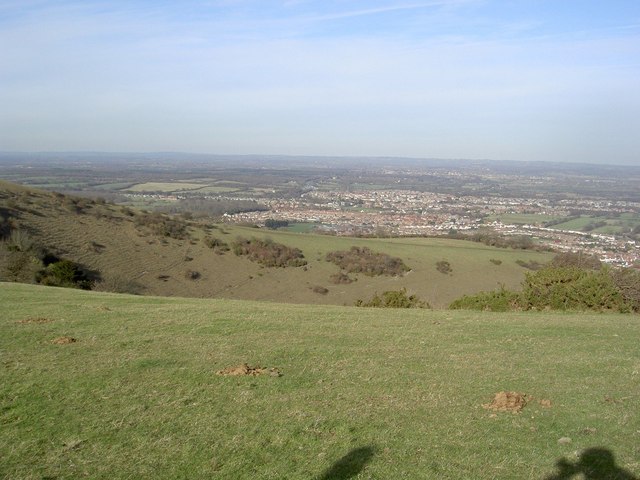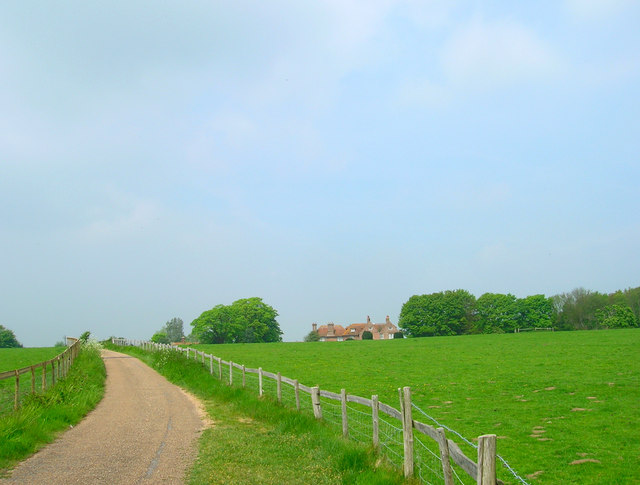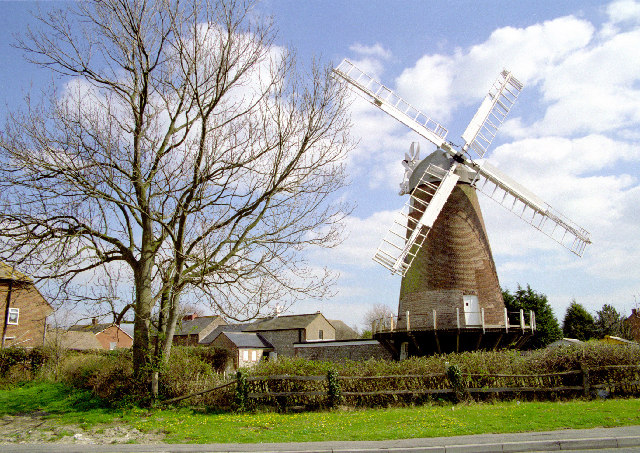Cranedown Bottom
Valley in Sussex Wealden
England
Cranedown Bottom

Cranedown Bottom is a picturesque valley located in Sussex, England. Situated in the South Downs National Park, it offers breathtaking views of the surrounding countryside and is a popular destination for nature enthusiasts and hikers.
The valley is characterized by its rolling hills, lush green meadows, and meandering streams. The landscape is dotted with small woodlands, adding to its natural beauty. Cranedown Bottom is particularly known for its diverse wildlife, including rare bird species, butterflies, and wildflowers. It provides a tranquil environment for visitors to immerse themselves in the wonders of nature.
The valley is home to several walking trails, which cater to different levels of difficulty and length. These trails offer visitors the opportunity to explore the stunning scenery, observe wildlife, and enjoy the fresh air. The valley is also a haven for birdwatching enthusiasts, who can spot a variety of species, such as kestrels, buzzards, and skylarks.
Cranedown Bottom is a perfect spot for a picnic or a leisurely stroll. Visitors can relax by the stream, listen to the soothing sounds of nature, and take in the panoramic views. The valley is known for its tranquility and serenity, providing an escape from the hustle and bustle of city life.
Overall, Cranedown Bottom is a hidden gem in Sussex, offering a peaceful retreat for those seeking to reconnect with nature. Its stunning landscapes, diverse wildlife, and peaceful atmosphere make it a must-visit destination for nature lovers and outdoor enthusiasts.
If you have any feedback on the listing, please let us know in the comments section below.
Cranedown Bottom Images
Images are sourced within 2km of 50.809693/0.22086634 or Grid Reference TQ5603. Thanks to Geograph Open Source API. All images are credited.
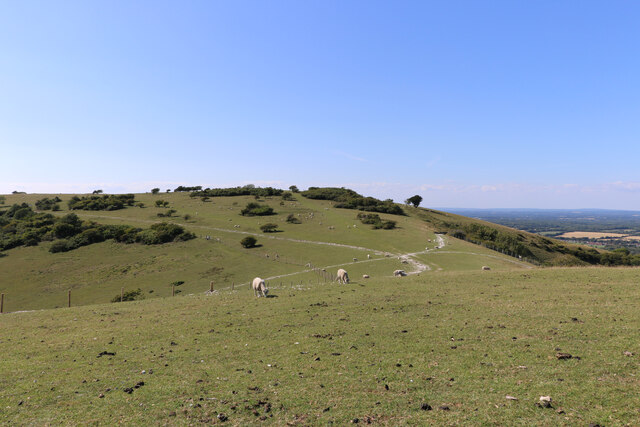
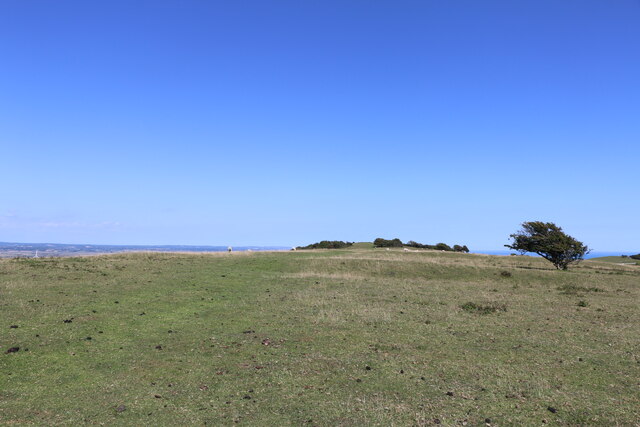
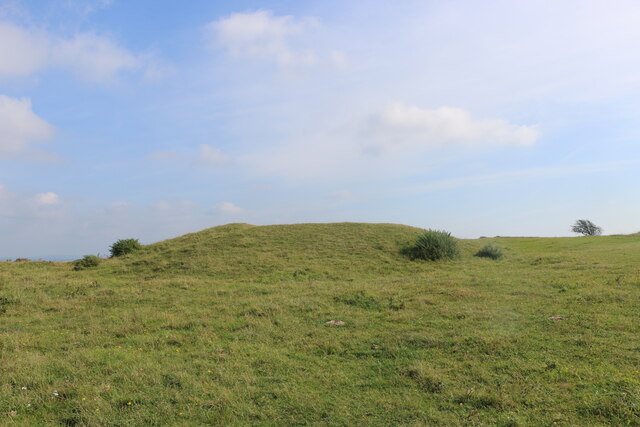
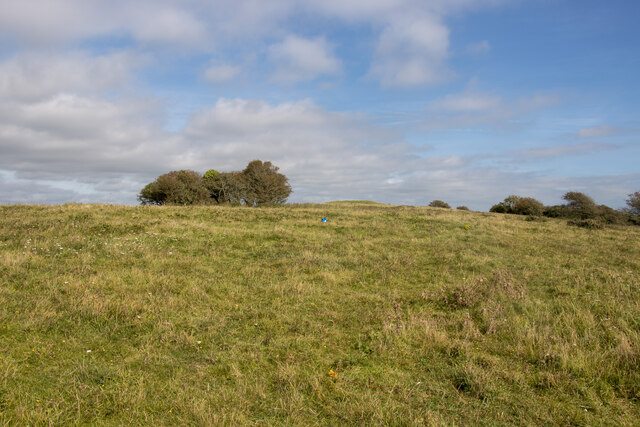
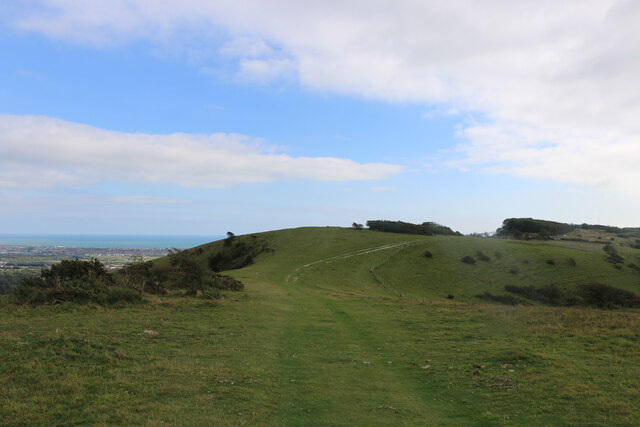
Cranedown Bottom is located at Grid Ref: TQ5603 (Lat: 50.809693, Lng: 0.22086634)
Administrative County: East Sussex
District: Wealden
Police Authority: Sussex
What 3 Words
///city.good.bake. Near Friston, East Sussex
Nearby Locations
Related Wikis
Folkington Reservoir
Folkington Reservoir is a 5.8-hectare (14-acre) biological Site of Special Scientific Interest south-west of Polegate in East Sussex.The banks of the reservoir...
Folkington Manor
Folkington Manor (pronounced Fo'ington) is a grade II* listed country house situated in the village of Folkington two miles (3.2 km) west of Polegate,...
Church of St Peter ad Vincula, Folkington
The Church of St Peter ad Vincula, Folkington, East Sussex is a parish church dating from the 13th century. Built of flint and rubble, it is a Grade I...
Willingdon Community School
Willingdon Community School is an 11–16 coeducational secondary school located in the Lower Willingdon area of Eastbourne in the English county of East...
Combe Hill, East Sussex
Combe Hill is a causewayed enclosure, near Eastbourne in East Sussex, on the northern edge of the South Downs. It consists of an inner circuit of ditches...
Willingdon Down
Willingdon Down is a 67.5-hectare (167-acre) biological Site of Special Scientific Interest west of Willingdon, a suburb of Eastbourne in East Sussex....
Wootton Manor
Wootton Manor is a country house in Folkington, East Sussex. Originally a mediaeval manor house, from which parts of the chapel survive, it was rebuilt...
Ovenden's Mill, Polegate
Ovenden's Mill or Mockett's Mill is a grade II* listed tower mill at Polegate, East Sussex, England which has been restored but is now in a poor state...
Have you been to Cranedown Bottom?
Leave your review of Cranedown Bottom below (or comments, questions and feedback).
